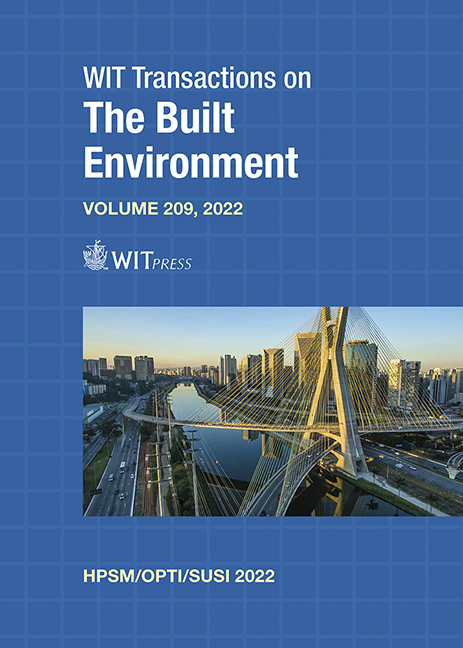SELECTIVE REINFORCEMENT OF JOINING INTERFACE USING NANOFIBERS IN SINGLE-LAP JOINTS OF THERMOPLASTIC COMPOSITES FABRICATED BY THE INJECTION OVERMOLDING PROCESS: CREEP DEFORMATION BEHAVIOUR
Price
Free (open access)
Transaction
Volume
209
Pages
12
Page Range
3 - 14
Published
2022
Paper DOI
10.2495/HPSU220011
Copyright
Author(s)
KOKI MATSUMOTO, MASAYA ITABASHI, AKIRA KAWASUMI, KENICHI TAKEMURA, TATSUYA TANAKA
Abstract
An injection overmolding process enables molding and welding at the same time: a discontinuous fiberreinforced thermoplastic is injected onto the thermoformed continuous fiber-reinforced thermoplastic composites for the fabrication of complex shape parts, namely, ribs and bosses. Since the joining strength is significantly influenced by process parameters, such as resin temperature and molding pressure during the overmolding process, achieving reliable joining strength is important for increasing the load bearing capacity. The nanofibers have great potential to increase the toughness of fiber reinforced composites as secondary reinforcement. Furthermore, selective reinforcement is allowed by nanofiber addition in the matrix onto the fiber surface or interlaminar region of laminated composites. Thus, we previously proposed the selective addition of nanofillers at the joining interfaces to increase the joining strength. In this study, we attempt to reveal the effect of cellulose nanofiber (CNF) addition on creep properties for long-term use under constant load. The shear creep test was conducted under various loads and various temperatures using a self-designed fixture. Furthermore, the debonded surface of a single lap joint was observed by optical microscopy and scanning electron microscopy. We discovered that 1.0 wt% CNF addition increased the creep failure time and decreased the creep strain at the same load. Furthermore, the creep rate was significantly decreased by CNF addition regardless of temperature.
Keywords
creep deformation, injection overmolding process, cellulose nanofibers, single lap joint





